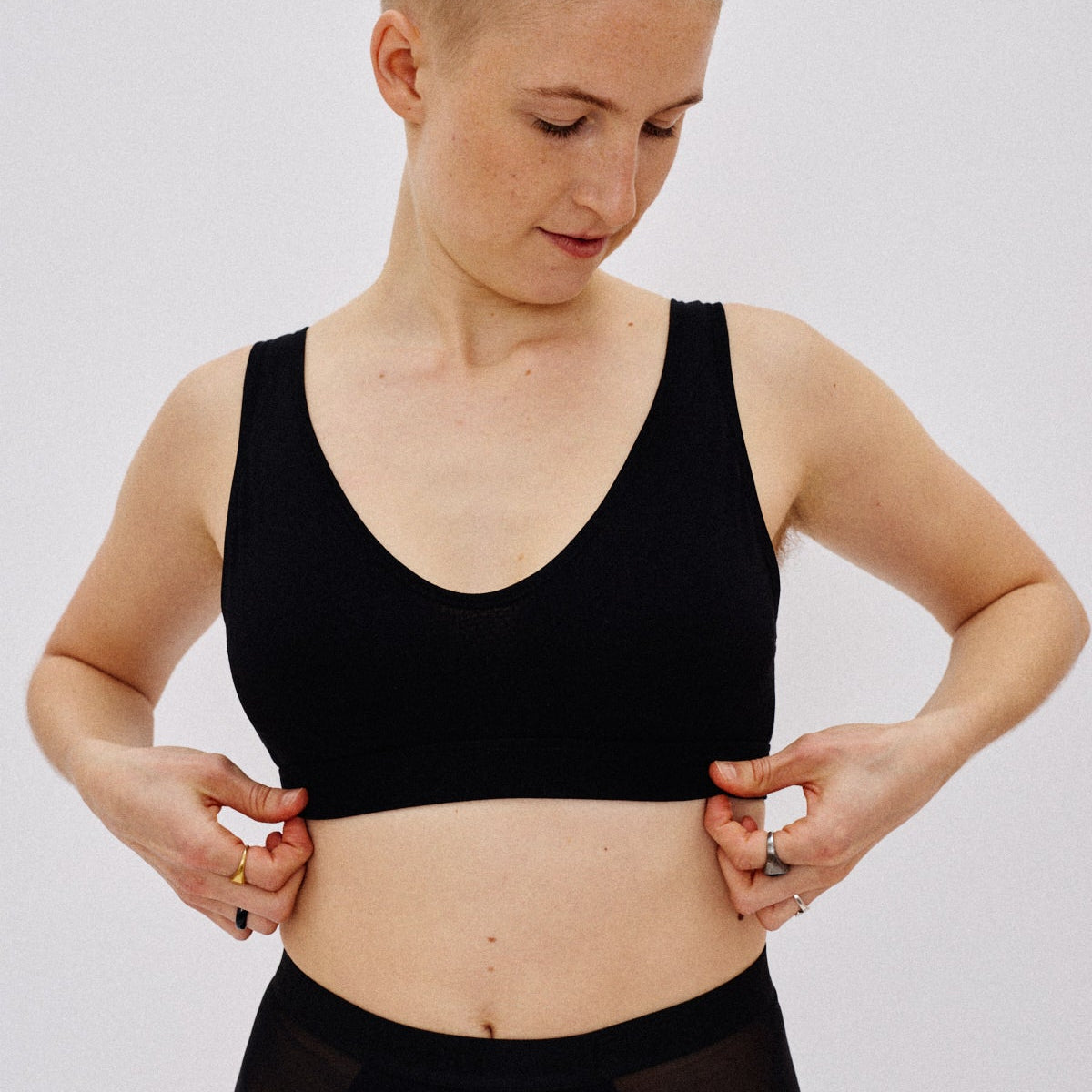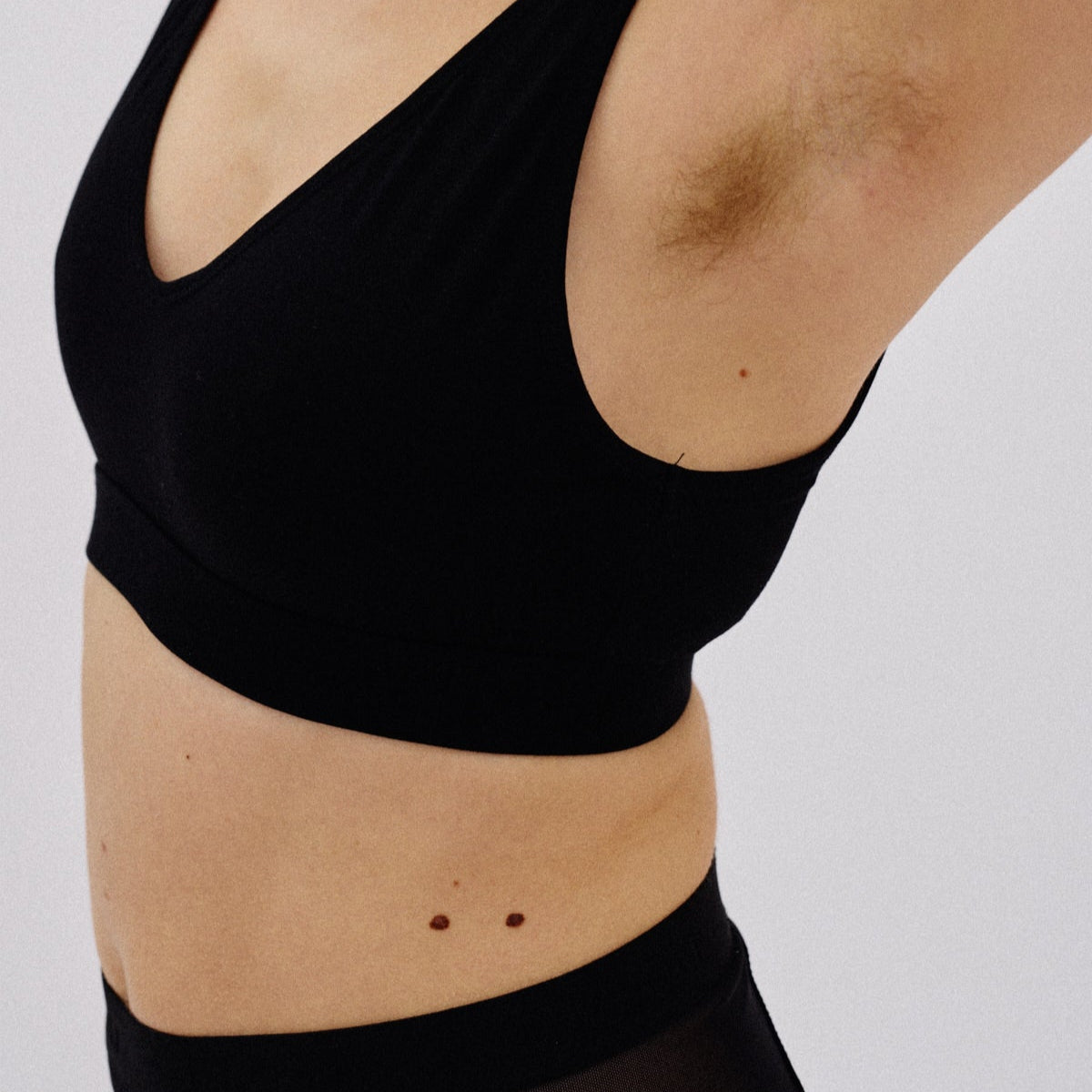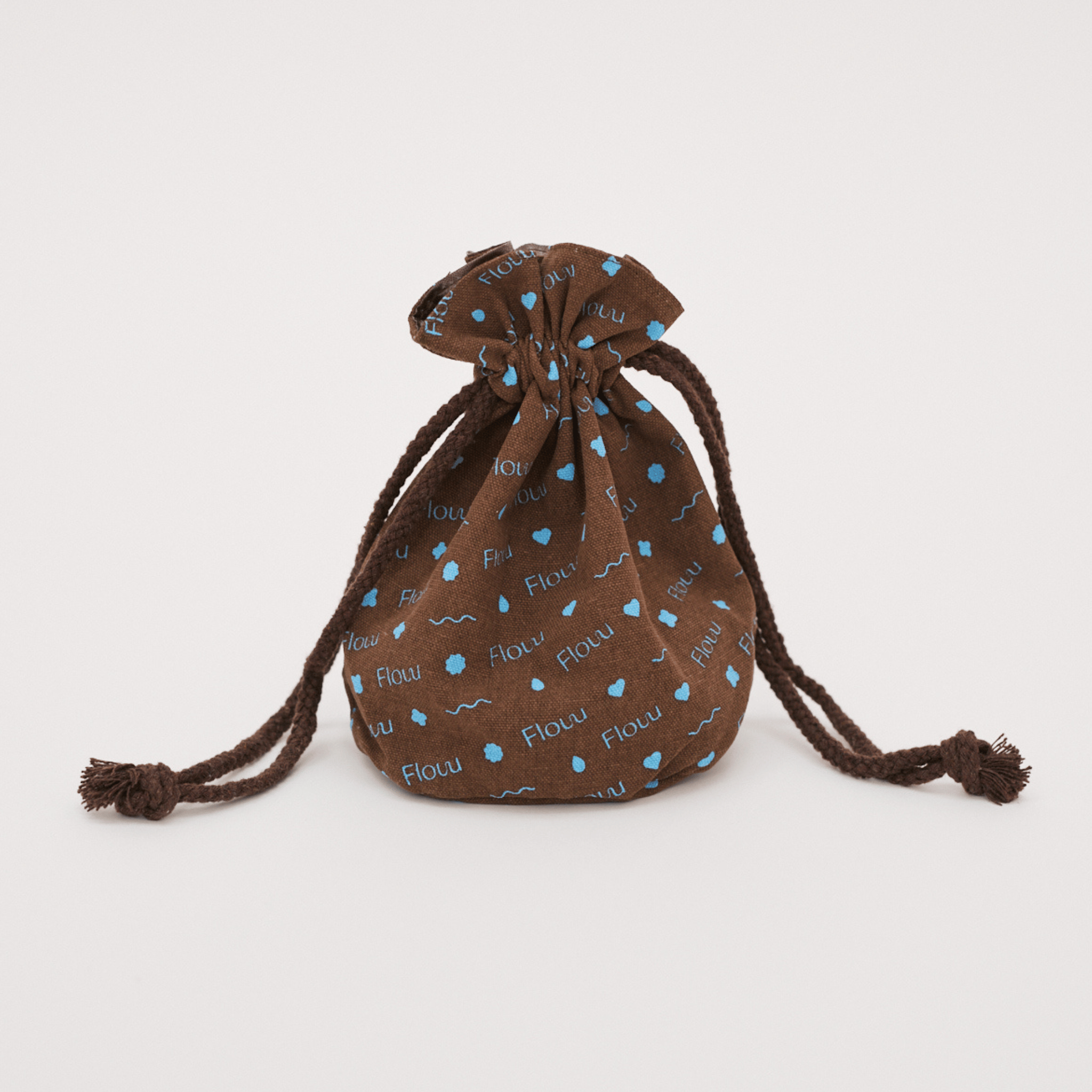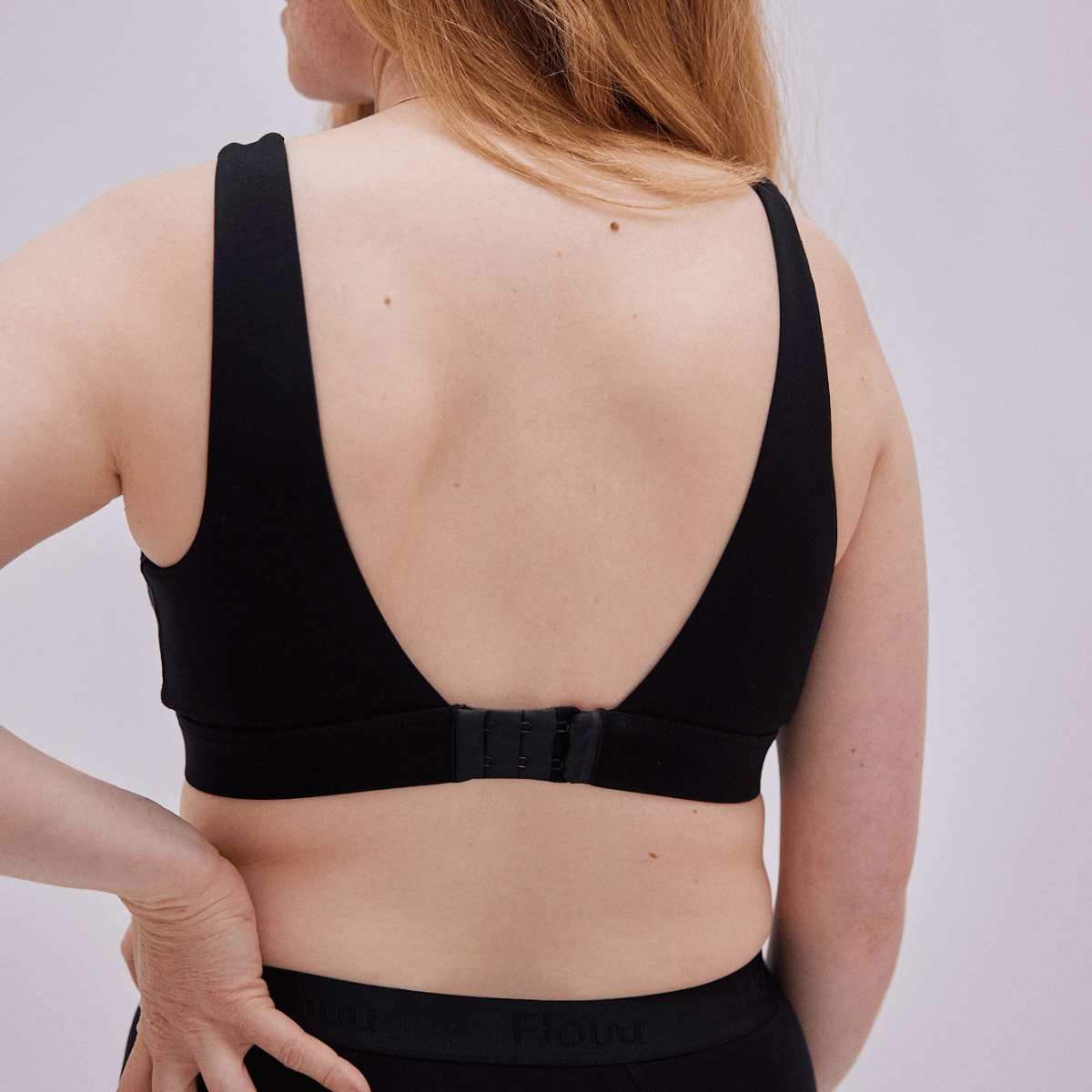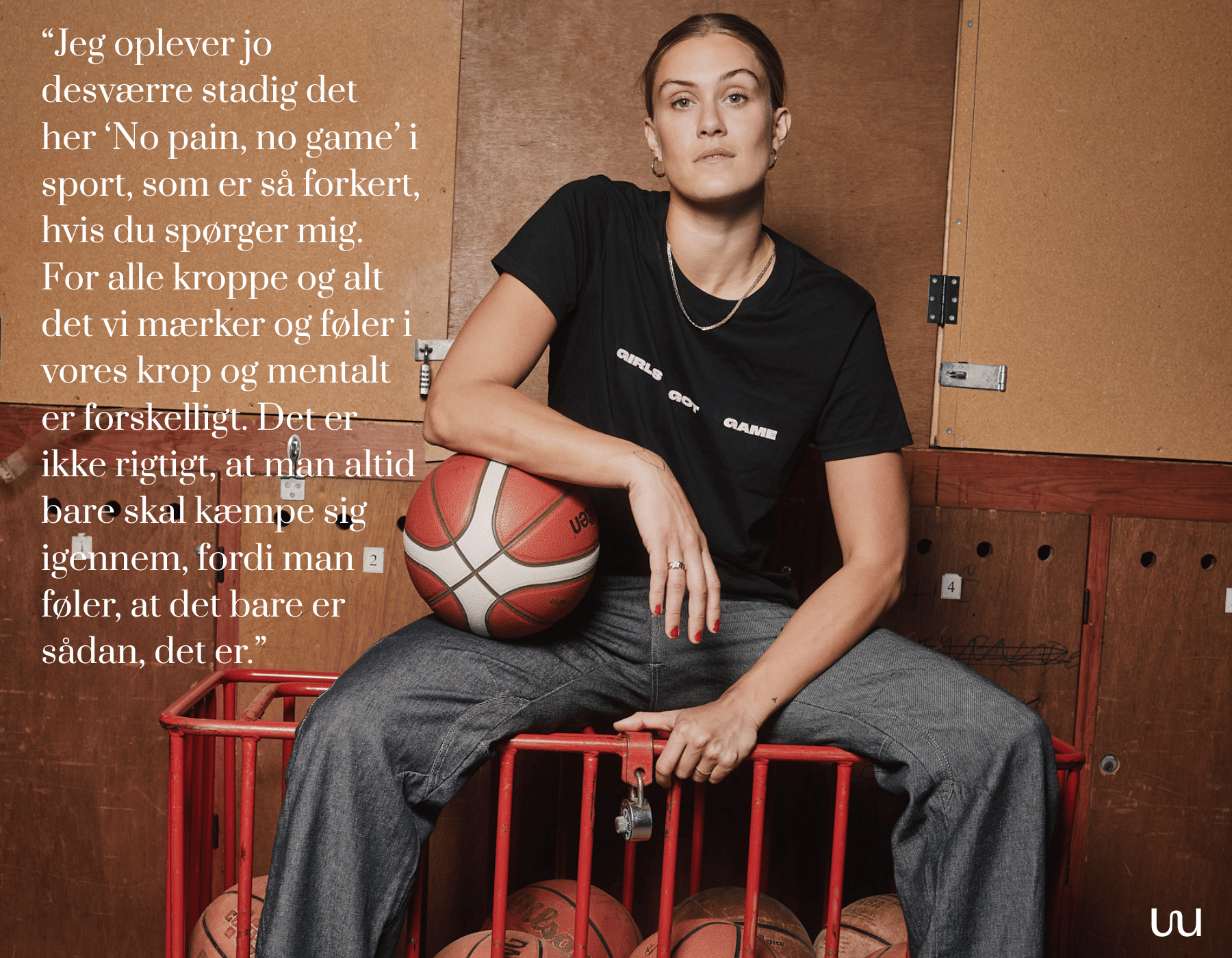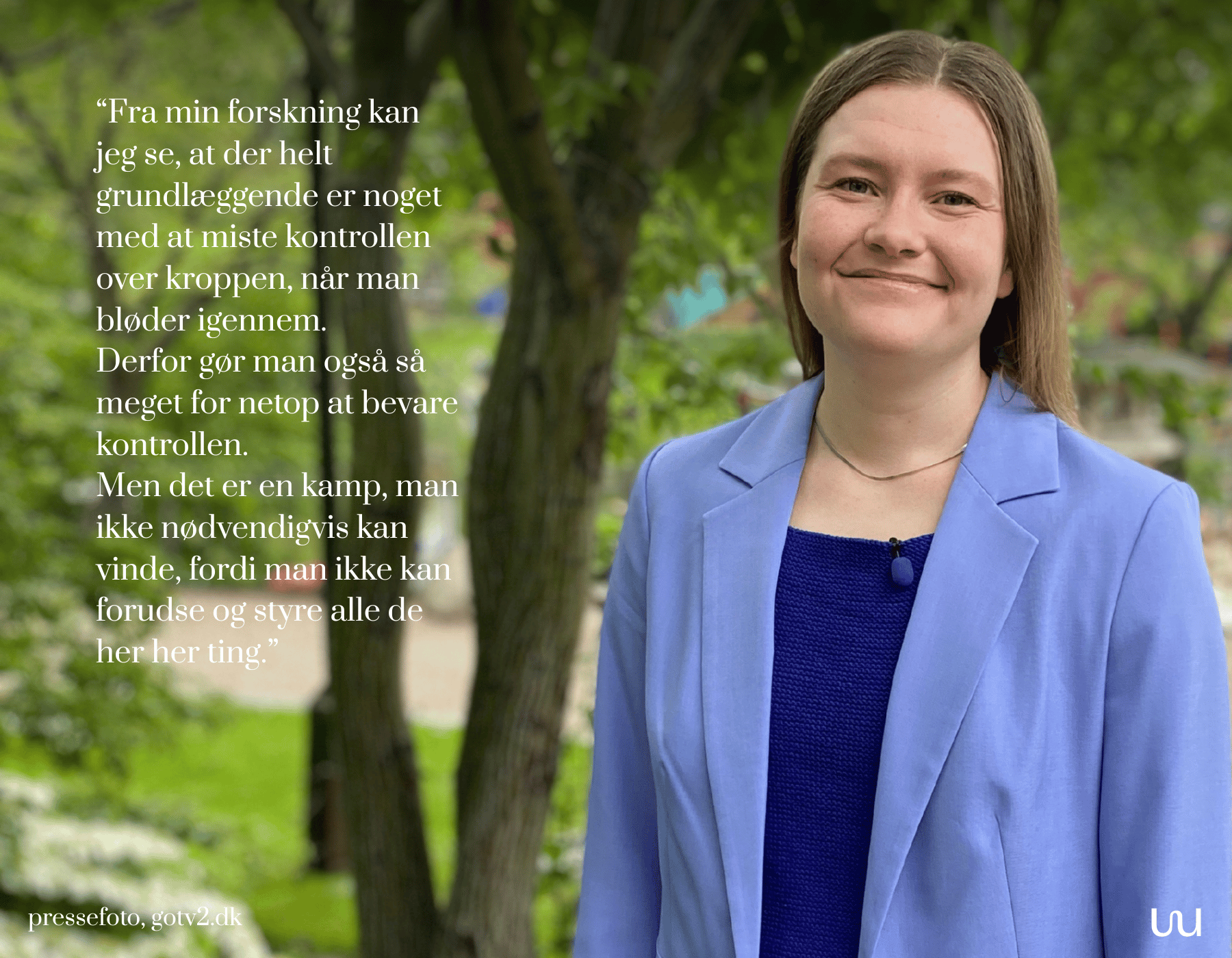Endometriosis affects 1 in 10 with a uterus. But what is endometriosis and why is the disease so overlooked?
author: Emma Libner
190 million. That's how many people with a uterus are living with the disease endometriosis, worldwide. Perhaps you've never heard the word "endometriosis" before and think "endo-what"? Or maybe you yourself are one of those who can relate to menstrual pains from hell - the main characteristic of the disease?
In this article, we dive into the overlooked disease and point out why the disease tends to go under the radar - and why it is so important that even more people become aware of endometriosis.
Endometriosis: An agonizing blind passenger
Endometriosis takes its name from the Latin word for uterine lining, endometrium. Endometriosis is tissue that resembles the tissue of the endometrium, but is found outside the uterus.
Because the endometriosis tissue resembles that found inside the uterus, the endometriosis tissue - like the uterine lining - reacts to the body's hormones. When the menstrual cycle runs its course, the endometriosis will, so to speak, "follow along". Endometriosis cells do not just look like the lining of the uterus in appearance, they also act like them. This means that the endometriosis also grows in line with the changes in the sex hormones - and bleeds when the period comes.
Unlike the blood in the uterus, however, the blood from endometriosis can't simply just escape. Instead, the blood is trapped inside the body, where it can irritate the surrounding tissue. When this happens, the body sounds the alarm and reacts with pain; typical characteristics of endometriosis.
Endometriosis isn't picky, and it can attach itself to any organ it comes close to. Therefore, it is also not uncommon for people suffering from endometriosis to have adhesions of tissue where they should not be. As an example, the endometriosis tissue can actually cause the ovaries and intestines to grow together. Here, the endometriosis tissue acts a bit like velcro, causing the two organs to "stick" to each other.
When endometriosis tissue is allowed to develop, it can worsen the pain and result in chronic pain. Also outside of menstruation. For the same reason, problems with urination and defecation, for example, are frequent symptoms of endometriosis, because the endometriosis can block the bladder or bowel, so that something as common as going to the toilet becomes both painful and difficult.
Other symptoms of endometriosis include pain during intercourse, pain during ovulation and increased fatigue. The latter because the disease has a tendency to violently eat away at the body's energy reserves.
Lack of knowledge results in delayed diagnosis times
Endometriosis is not a new disease. Although it was first named in 1920, the disease's presence can be traced in several medical texts dating back more than 4,000 years. For example, the Hippocratic writings, Corpus Hippocraticum - which was written around the 5th and 4th centuries BCE - described several of the symptoms that we associate with endometriosis today.
Nevertheless, there are still many people who do not know about the disease. Both among patients and professionals. New research shows that less than two percent of women of childbearing age are diagnosed with endometriosis, although it is estimated that the disease affects more than five times as many. At the same time, the research indicates that women with endometriosis have more frequent contact with the health system already 10 years before they receive an official diagnosis.
So the patients with endometriosis actually seek medical advice, and do so often. However, it still on average between takes between five and seven years from when a patient first approaches the doctor with symptoms until the diagnosis of "endometriosis" finally lands in the medical record.
Research into "women's diseases" lags behind
But why is endometriosis so overlooked? One explanation may be that endometriosis is a disease that mostly affects women. In everyday language, endometriosis is also called a "woman's disease". The problem with a disease that primarily affects women, however, is that medical science has historically prioritized studying men's bodies over women's. And that for centuries it has been the men who have had the power to define the doctrine of disease, because women were supposed to have access to medical education and thus also to formal knowledge of their own bodies. This discrimination is also called a medical bias, and it continues to affect the sexes to this day.
Today, for example, we know that 70% of patients with chronic pain are women. Nevertheless, 80% of the studies in chronic pain are based on men - the 'reference man' as it is called medically.
(The reference man, is a white man between 20-30 years old, who weighs 70 kg and is 180 cm tall, and lives in a climate with an average temperature of from 10°C to 20°C. He is a Caucasian and is a Western European or North American in habitat and custom)
So research is focussed on a white, normal-weight man and male experimental animal. Research into endometriosis is no exception. In the United States, where endometriosis - among women - is about as widespread as type 2 diabetes, the American National Institute of Health spends only a few dollars annually on endometriosis research for each person suffering from the disease. For each type 2 diabetes patient, the health organization spends as much as 30 dollars.
Endometriosis is not a women's problem - but a societal problem
In 2011, an international study showed that people suffering from endometriosis miss a total of approximately 11 working hours per week, as a consequence of their disease. When that many women have to go to bed sick every month with debilitating pain, that is so severe, that several in the extreme actually have to leave the workforce involuntarily, it does not only affect the individual's quality of life.
If we want to seriously move forward with something for these women, we must first and foremost understand that endometriosis is not just a "women's problem". It is a societal problem. Fortunately, things are going in the right direction. Last year, we managed to get endometriosis onto the Finance Act for 2024 in Denmark.
The amount was modest - just DKK 100,000 was set aside to focus on the disease, which it is estimated that 130,000 Danes suffer from - but the cheers were load non the less. Because now the Danish endometriosis patients have the politicians' word that their disease is a national matter that requires national action. It was a small step. But an absolutely crucial one for a patient group that has been overlooked for far too long.
Facts:
Endometriosis usually occurs in the abdomen, but it is not limited to being an abdominal disease. In fact, endometriosis tissue has been found on organs outside the pelvic region, including the lungs, kidneys and even the heart, just as there are - albeit rare - examples of endometriosis in men. In the vast majority of cases, however, the disease occurs in women, where it is most often found around the peritoneum, intestine, bladder and ovaries.

Sources:
Research into endometriosis HERE
Financial Act HERE
Medical bias HERE
Endometriosis and work HERE












